No. 154 Enterprising Plates –Heljan Westerns
I am minded of Pam Ayres and her words: “Infallible, articulate, self-confident... and wrong.” From her monologue ‘They should have asked my Husband’
Heljan D1000 Western Enterprise and D1010 Western
Campaigner fitted with etched plates
When the opportunity presents itself I will buy etched
plates. Lately I came across a set of
C.G.W nameplates for D1000 Western Enterprise.
These were followed by a set of plates for D1010 Western Campaigner from
Extreme Etchings.
C.G.W. Etched
plate for D1000 (top) plates from Extreme Etchings for D1010 (bottom)
With all this ‘dreich’ weather we have been having I would
spend a morning cutting out and fitting these plates. I don’t know why I had not noticed before but
the Enterprise plates looked to have been made to a different scale than those
for Campaigner.
C.G.W. Plates compared to Heljan printed plates
The C.G.W plates were ‘obviously’ defective. I would return them to the seller.
“Hello. Sorry to hear that you are not happy with these nameplates, they
are certainly not defective. From what I know about Westerns, D1000 was the
first build and it carried over sized nameplates on the real loco, a set of
these are at the NRM. D1001 onwards had the smaller size. Not prepared to
accept return”.
I would need to undertake some research. I had a copy of Brian Haresnape’s article in
what used to be Trains Illustrated.
Clearly the name plates were substantial. I would also look at RS Carter’s book
‘British Railways Main-line Diesels’ from 1963.
The RS Carter drawings are printed to a scale of 3.5mm to the foot. By good fortune there is a drawing of D1000
with plates measuring 38.5mm (11ft). The
C.G.W plates measure 44mm – exactly 11ft at 4mm scale. So – spot on!
An online search directed me to a 2012 Post on RMweb from
RUGD1022
This Post states; “It's
worth mentioning here that D1000's nameplates were of a non standard size, the
backing plates being the same depth as the number plates. All other Westerns
had the standard shallower height plates.”
I would fit the C.G.W. plates to D1000 and the Extreme
Etchings to D1010.
Courtesy of Modern Railways March 1962
British Railways “Western” Class diesel-hydraulic C-C –
courtesy RS Carter 1963
Full marks to Extreme Etchings, I was able to cut their
plates from the fret in minutes. The
C.G.W plates must have been made of tougher (thicker) material because
separating their plates from the fret took hours (well a long time) and I had
to change the blade in my craft knife three or four times. When using a craft knife to separate etched
plates from their fret I place the etchings onto a smooth hard surface such as
a Melamine offcut. This way the plates
remain well supported and do not distort under the action of cutting.
I used my preferred procedure for fitting the etched plates. I covered the existing printed name plate
with matt varnish lowering the etched plates into position with a piece of ‘Blue-Tak’.
Western Enterprise entered service with three dimensional
cast aluminium crests on the opposite side of the cabs to the plates carrying
the running numbers.
The etching techniques used for the name plates do not lend
themselves to making three dimensional objects.
Applying the C.G.W crests turned out well, helped I guess by being
exactly the same size as the Heljan printed crests.
I have added some pictures below of the models fitted with
their etched pates.
Contrasting Crest and Number Plate
A couple of images to highlight the larger plates fitted to
Enterprise.
Larger name plate fitted to Enterprise
Standard size Western name plate as fitted to
Campaigner
Finally a close up image of one of the cast crests which I
feel has turned out rather well.
Close up of the etched ‘cast’ crest
The images above show D1000 in its original Desert Sand
livery with no yellow panel and D1010 in Maroon livery with a small yellow
panel. The RMweb post by RUGD1022 which
I previously referred to details D1000 carrying the livery without any yellow
panel from its introduction to traffic on 26/12/61 up until 05/11/62. The same reference indicates that D1010
carried maroon livery without any yellow panel from its introduction to traffic
on 15/10/62 up until 01/03/63 when it received a small yellow panel. These dates indicate that my model layout configuration
with D1000 having no yellow panel and D1010 with small yellow panel did not
happen! But then isn’t that what railway
modelling is about?
Heljan Box End Flap – in the words of Pam Ayres ‘and
Wrong’
As a postscript I have added a picture of the box end flap
for the Heljan model of D1010. I would
say in the words of Pam Ayres – ‘and Wrong”!
I first spotted the Heljan variation of the spelling on an eBay
listing. What a conundrum, should you
advertise the model as named or as boxed?

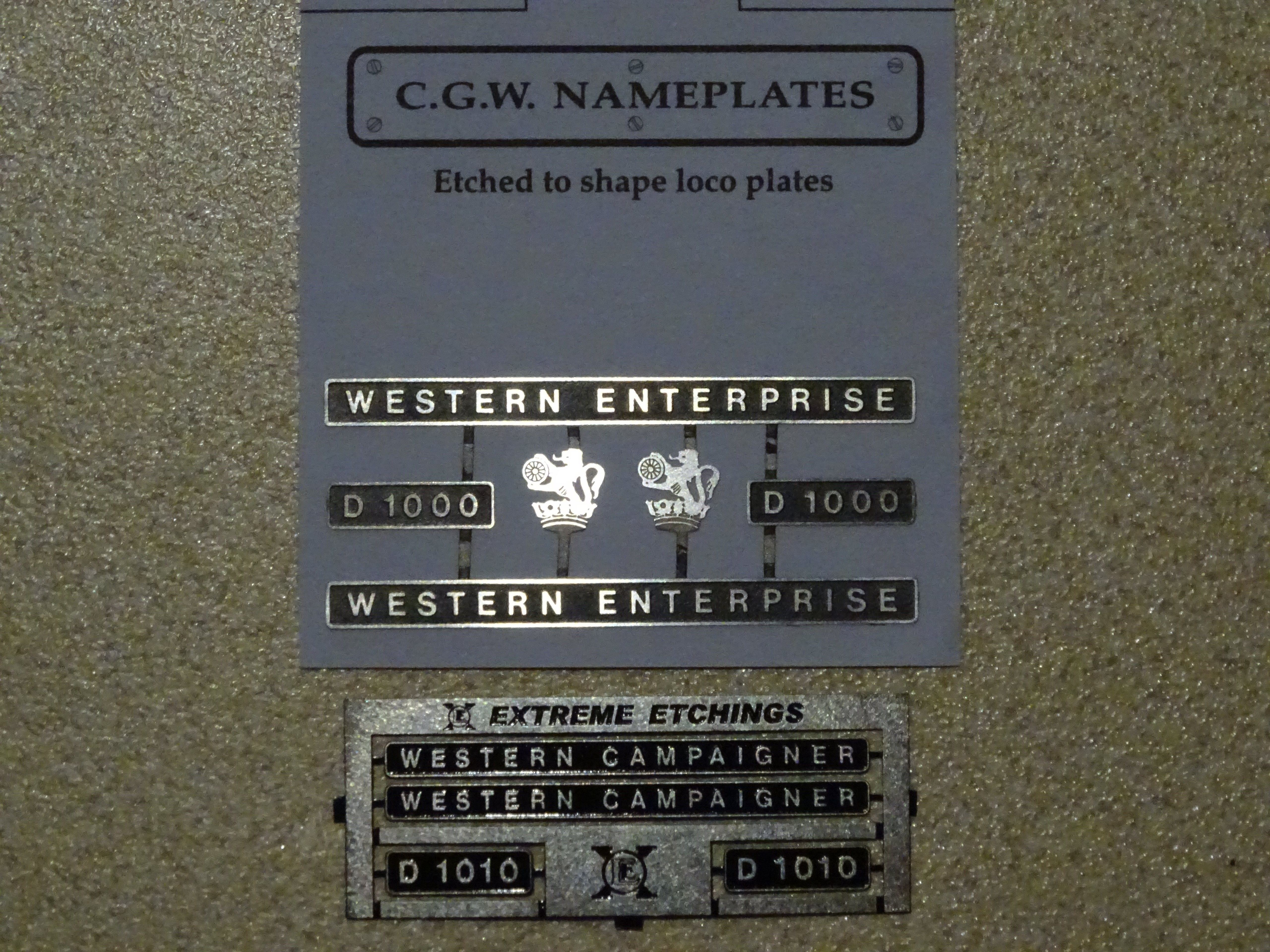
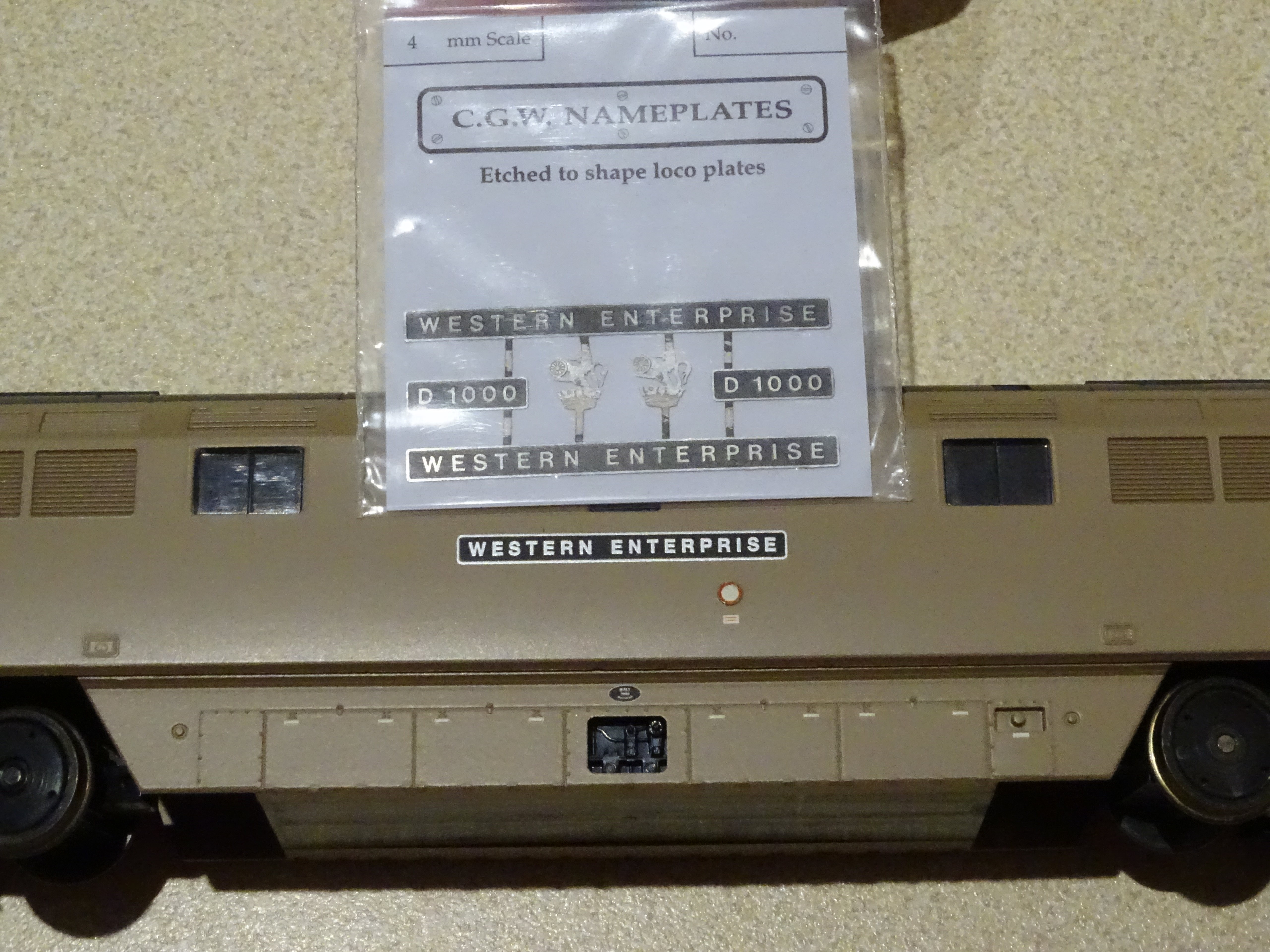
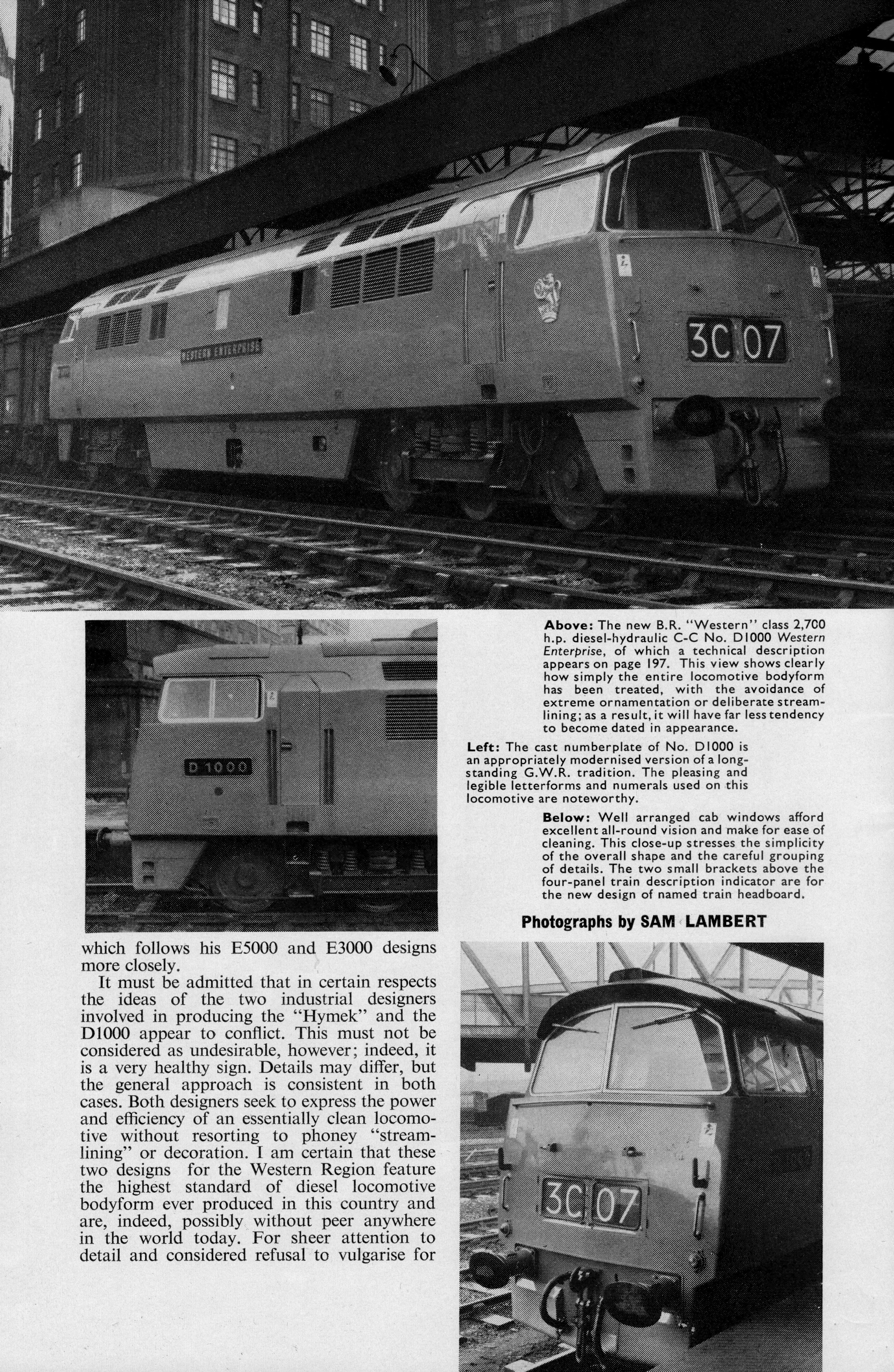
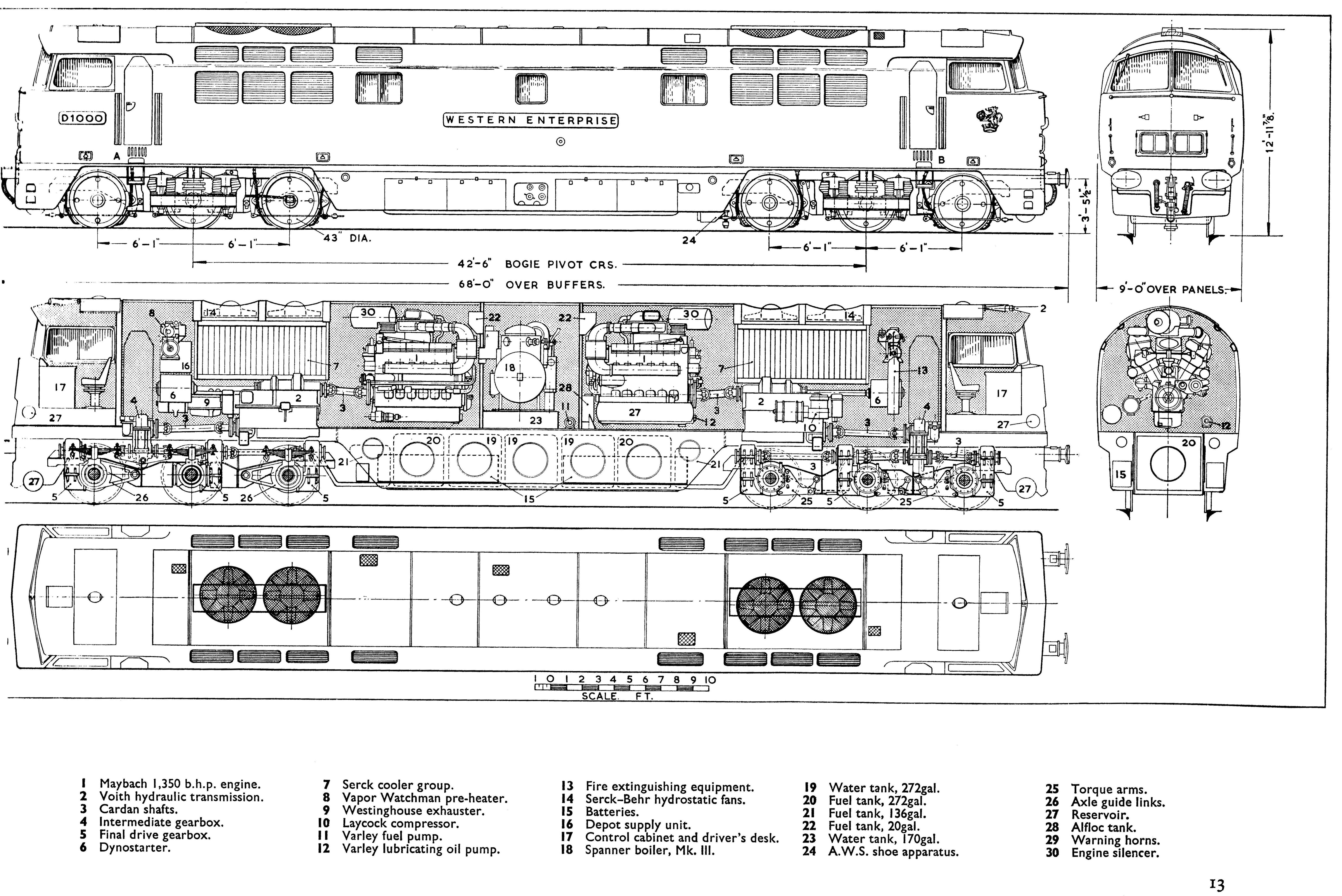


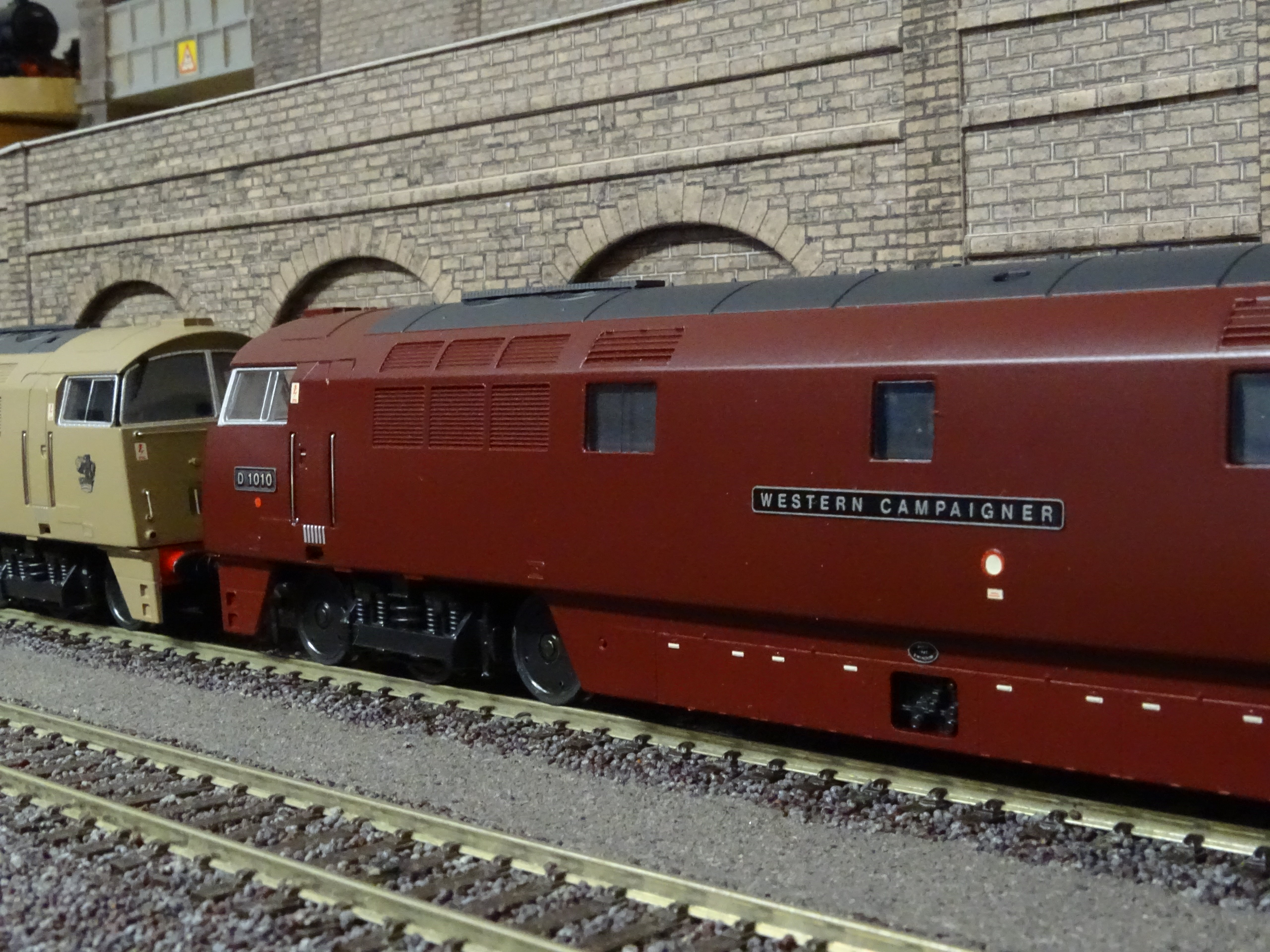
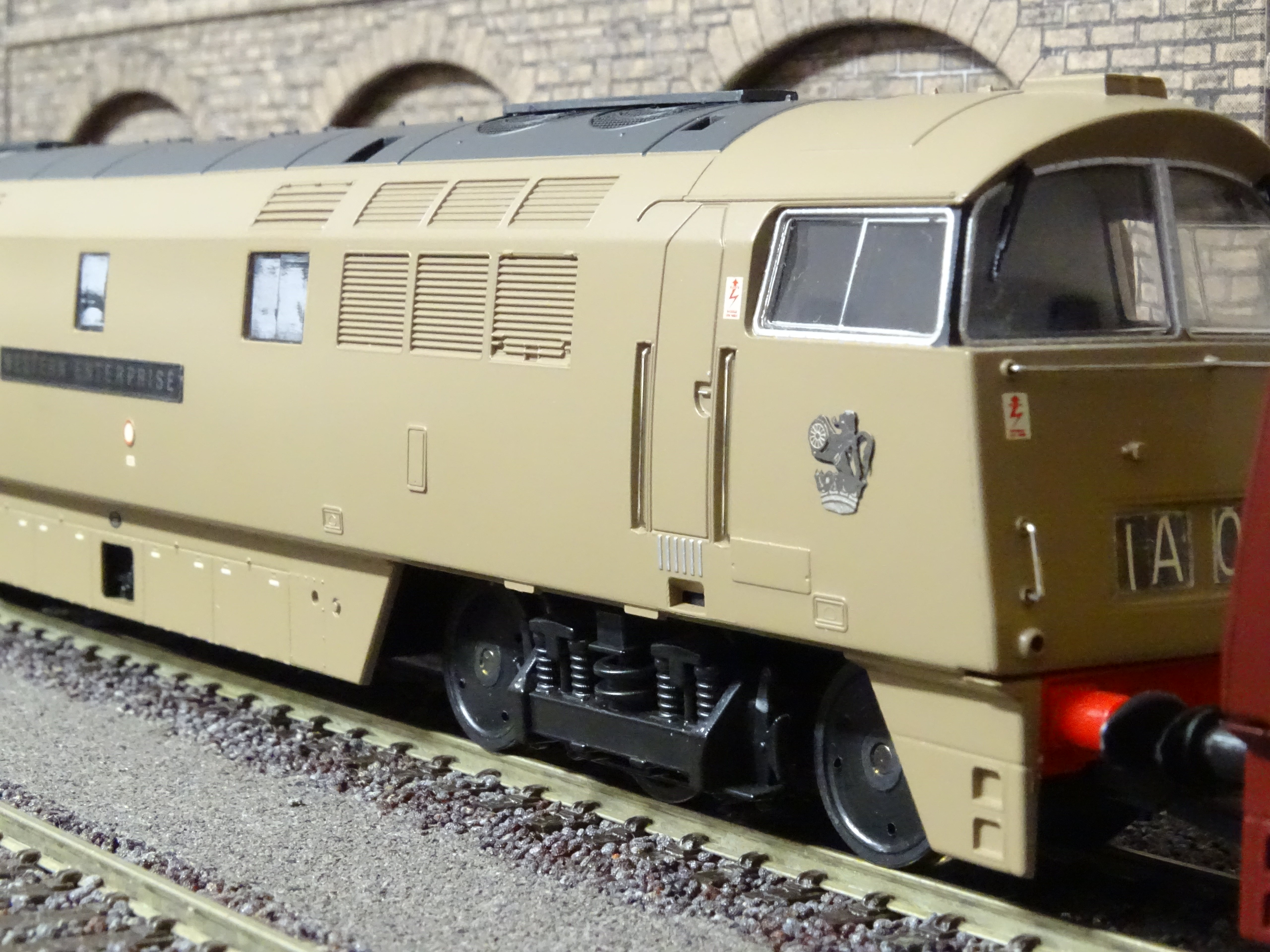

Comments